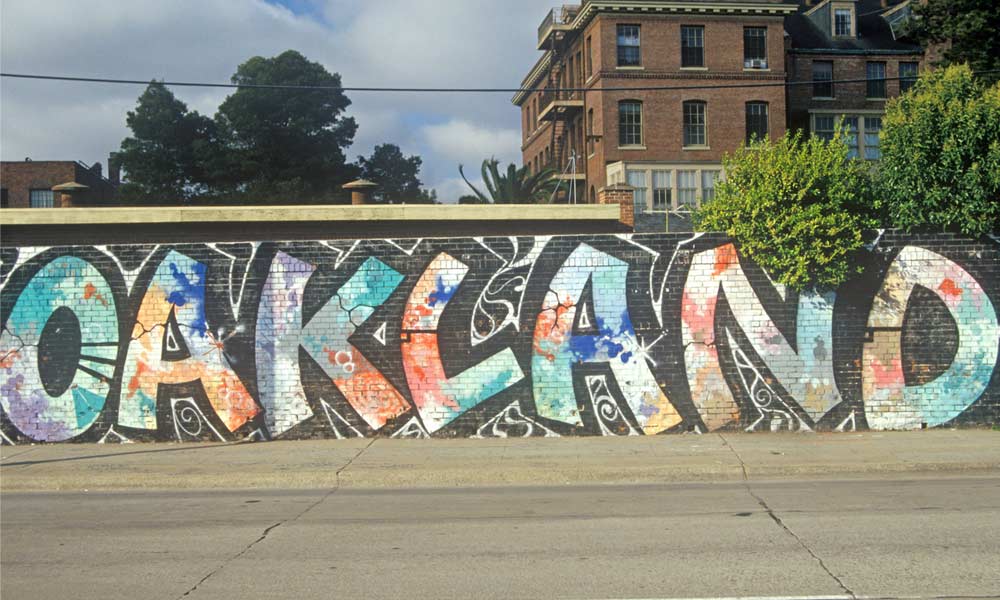
Legal
Cannabis and Equity: Why Did the “Emerald New Deal” Fail?
Pledges that legal cannabis would uplift communities of color aren’t being fulfilled, but fixes to the status quo are hard to find.
After spending 31 years in prison, Charles Reed came home to Oakland, CA in 2017, and didn’t like what he saw. For Reed and others recently incarcerated—a population for whom he prefers the term “returning family member”—there were no government-funded job-training, or counseling tailored to people who had adjusted to the numbing, controlling rigor of institutional life suddenly confronted with the dizzying choices of freedom. There was no one there to even teach him to turn on a smartphone. On top of that, the city looked horrible. “Oakland was full of helpless, homeless people,” he said. There was trash everywhere. Poverty was out of control What went wrong?
The “New Cotton”
During Reed’s time away, Oakland became possibly one of America’s most cannabis-friendly cities, a metamorphosis that has been nearly continuous—and that’s supposed to have had immense benefits for the city. The freewheeling early-aughts heyday of “Oaksterdam,” when the city became the first in the US to regulate medical marijuana, is more than a decade in the rearview. In the adult-use legalization era, Oakland is considered a model of “social equity”: the concept that cannabis legalization should uplift people who have suffered most from the drug war’s over-policing and over-incarceration.
Yet despite issuing hundreds of equity licenses, and despite collecting $7 million a year in annual local cannabis-tax revenue, and despite setting aside startup capital and reserving business licenses for people deemed drug-war harmed, Oakland hadn’t managed to use legalization to solve all of its problems. Worse, the cannabis industry hasn’t been the economic windfall to the Black and brown community it was advertised.
“The only benefit of legalization that I’ve seen is that you can smoke it without worrying about police bothering us—that’s it,” Reed said.
Meanwhile, he adds, most Black participation in cannabis is at the ground level: security guards, delivery drivers. “That’s why I call cannabis ‘the new cotton,’” he said. “It’s not helping us at all, not one damn bit.”
And another thing: Why should participation in an industry that doesn’t appear to want their services in the first place be the Black and brown community’s sole benefit from legalization? In other words, why should a license to go and sell drugs be drug-war victims’ make-good?
Equity’s Unfulfilled Promises
This was the status quo Reed wanted to break with what he and his co-campaigners called “The Emerald New Deal,” which would’ve redirected that $7 million in local cannabis taxes to a separate, restricted fund, overseen by an appointed commission, spent on “returning family members” such as Reed as well as equity business owners. “Our argument was that there is an atonement factor, and that atonement is putting back into the people that were hurt and wronged,” he said.
Few doubt Reed’s analysis—that cannabis legalization hasn’t been the boon it was promised to be. “I feel in a way we were lied to,” agreed Chaney Turner, a former dispensary operator who chairs the city’s Cannabis Regulatory Commission. “Nothing in the way of what Prop. 64 (California’s 2016 legalization ballot measure) promised with regard to equity has been fulfilled.”
But where opinions differ is how to fix it. On July 11, the Oakland City Council voted against placing the Emerald New Deal proposal before voters on the November ballot. One complaint was the very source of the $7 million itself: local taxes levied on equity operators as well as well-capitalized dispensaries. Those taxes needed to be cut in order to help ensure Black participation in cannabis—and more money needed to be spent on the services Reed advocated. Another was diverting that revenue away from existing programs to the separate structure the END’s commission would decide on. Yet another was contention among some council members that END organizers had overstated their support.
“Fixing” Cannabis Legalization With Cannabis and Equity
At the same time, the Emerald New Deal’s original critique stands.
“We definitely need to do more,” said Turner, who related a personal story: Turner’s mother, a recovering crack addict, ran her own business until she developed dementia—and she did it all on her own, without government support.
Something should have been available, in the same way that cannabis-tax revenues should fund coding school classes, barbershop-licensing or other benefits other than a slightly-easier path towards a competitive, highly taxed industry—and in the same way that Charles Reed should have had more greeting him on the other side of the prison wall than a failing community.
In some ways, the saga of equity and its unmet promises suggests a flaw with that original legalization pledge. Why should cannabis by itself been asked to fix problems created by centuries of structural racism? But at the same time, as long as it was sold that way, it should be held to account. Was the Emerald New Deal the best route to take?
“Legalization hasn’t leaned heavily enough on righting the wrongs of prohibition,” said Amber Littlejohn, executive director of the Minority Cannabis Business Association.
“Even if you remove the moral imperative to do so, you still have the practical public benefits of restoring citizens’ rights and correcting economic injustices that range from decreased recidivism to better health outcomes.”
The MCBA advocates for equity programs—and Littlejohn was also skeptical of the Emerald New Deal, in part for its “lack of clarity.” As elusive as the solution remains, at least everyone is clear on the problem—or at least everyone who agrees cannabis and equity should be part of legalization.
























